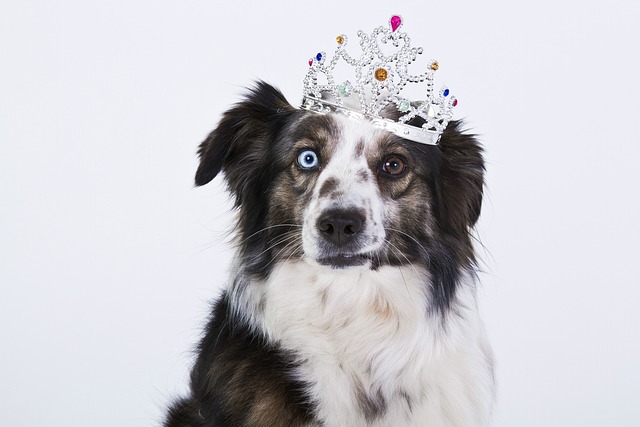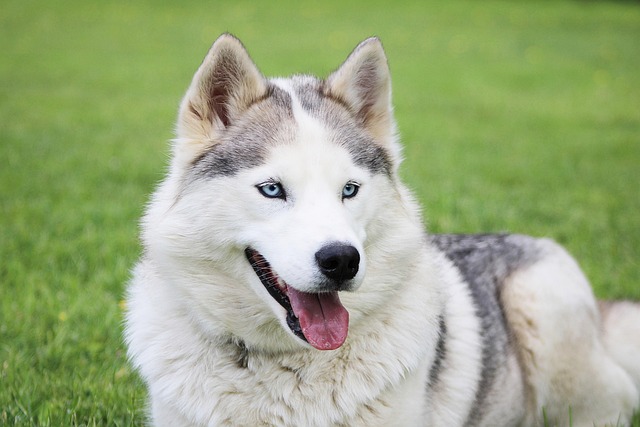When we see a dog that once devoured food with eager anticipation now turn away after sniffing the carefully prepared meal or take only a few bites before ignoring it, owners are filled with anxiety and helplessness. A dog's picky eating or loss of appetite not only threatens their physical health but also causes deep worry for their owners. Every time food is presented, it becomes a nervous wait in the hope that the dog will eat heartily, often ending in disappointment. Correcting a dog's picky eating and anorexia requires professional knowledge, patience, and love to guide them back to enjoying meals and safeguarding their health.
From a professional perspective, the causes of picky eating and anorexia in dogs are complex and varied. Illness is a common and significant factor leading to anorexia. When a dog is unwell, their appetite naturally diminishes. Oral issues such as periodontitis or oral ulcers can cause pain while eating, making them resist food. Imagine every chew feeling like a needle prick—how could a dog have an appetite? Gastrointestinal diseases like gastritis or enteritis lead to indigestion and abdominal discomfort, causing them to lose interest in food. Systemic illnesses such as colds, fever, or parasitic infections can also make dogs physically weak and listless, leading to picky eating or anorexia. Watching a dog lose appetite and energy due to illness, owners wish they could bear the pain for their pets, eager to identify the cause and restore their dog’s vitality as soon as possible.
Poor eating habits are another key factor in picky eating. Many owners, out of love, frequently feed their dogs snacks without controlling portions or frequency. Delicious snacks make regular dog food seem tasteless by comparison. Over time, dogs become picky, only willing to eat snacks and ignoring their main diet. Some owners overly accommodate their dogs by frequently changing dog food brands/flavors or adding meats/canned food when the dog refuses to eat. While this seems like a way to encourage eating, it actually reinforces picky habits—dogs learn that refusing food leads to more appealing options, making them even more resistant to their original meals.

Environmental factors also influence a dog’s appetite. Unfamiliar surroundings can cause stress and anxiety, affecting their hunger. When traveling, moving, or introducing new family members, dogs may refuse food due to discomfort with the new environment. Noisy or chaotic environments can disrupt eating, preventing them from enjoying meals peacefully. Details like food temperature, smell, and bowl placement also matter—too hot/cold food, stale odors, or placing the bowl in an unpleasant spot can all discourage eating.
To correct picky eating, start by ruling out medical issues. If a dog suddenly refuses food alongside symptoms like lethargy, vomiting, diarrhea, or fever, immediately take them to a vet for a full examination. Veterinarians will identify the cause through consultations, physical exams, and lab tests, then provide targeted treatment. As the dog recovers, their appetite will gradually return. During this time, owners should offer extra care and companionship to help them feel secure and overcome illness.
Adjusting eating habits requires firm resolve and patience. First, control snacking—use snacks only as rewards for good behavior (e.g., obeying commands). Reducing snack temptation helps shift the dog’s focus to main meals. Establishing a regular feeding schedule is crucial: feed puppies 3–4 times daily and adult dogs 2 times daily. Limit each meal to 15–20 minutes and remove the bowl afterward, regardless of whether the food is finished. This teaches dogs that meals have a time limit, encouraging them to eat promptly. Initially, dogs may refuse food, but owners must not give in—trust that dogs won’t starve themselves, and consistency will lead to acceptance of a normal diet.
Creating a quiet, comfortable eating environment is equally important. Place the food bowl in a calm, undisturbed corner and avoid loud noises or interruptions while the dog is eating. Keep bowls clean to prevent bacterial growth that could affect food quality and health. Owners can also diversify the diet by occasionally changing dog food brands/flavors or adding cooked vegetables/meats (in a balanced way), ensuring gradual transitions to avoid gastrointestinal upset.
Correcting picky eating and anorexia is not an overnight process—it requires persistent effort from owners. Every sign of improvement, like a dog starting to eat heartily under guidance, brings satisfaction. Dogs accompany us for a lifetime, and we should use professional knowledge and love to protect their health, allowing them to grow happily nourished by food and continue brightening our lives with vitality and enthusiasm.






